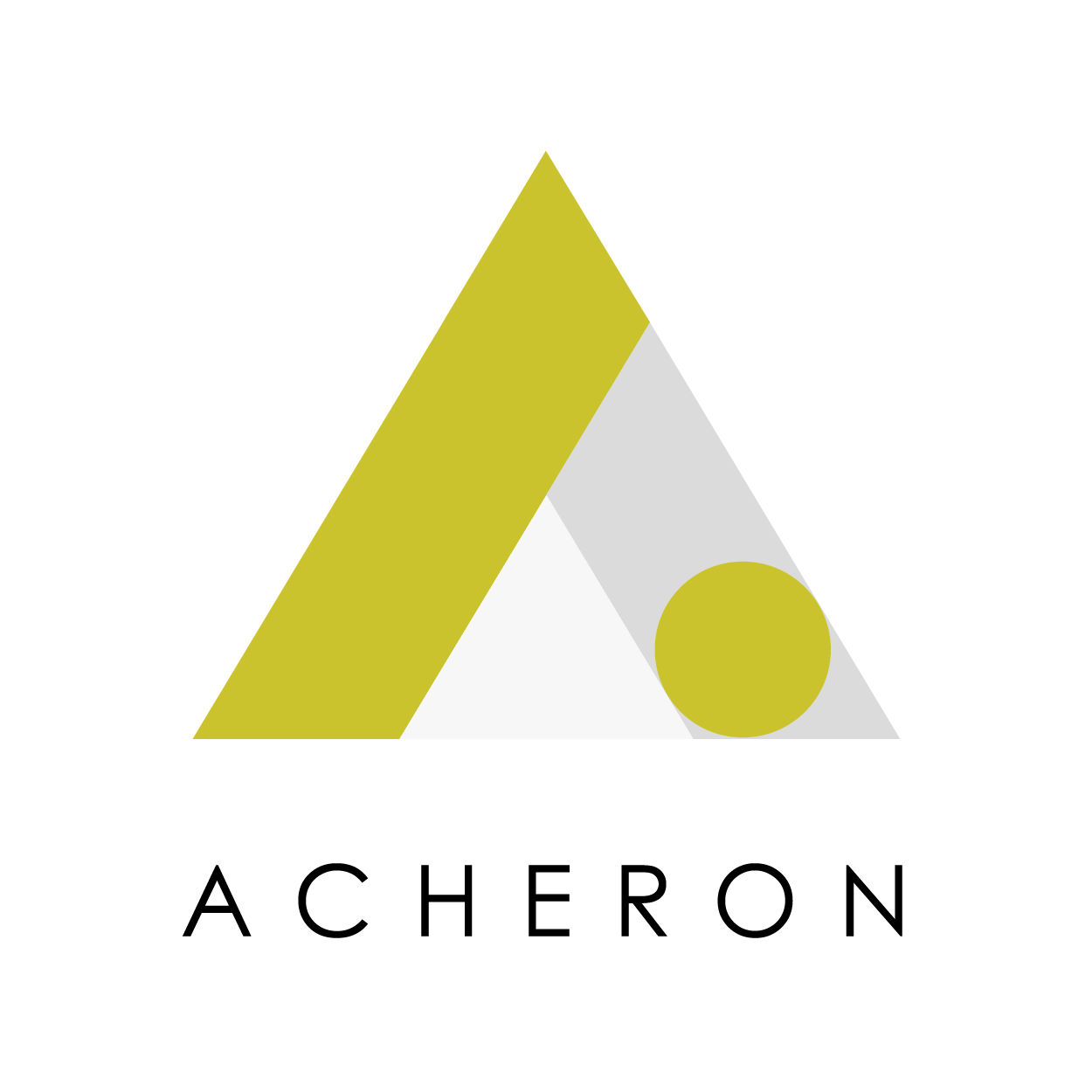Our client, a leading organization in advancing motion picture arts and sciences, faced the challenge of managing terabytes of digital content annually from global participants. They sought our expertise in digital asset management to streamline their process, improving control and visibility while enhancing the quality and specification checks of submitted content. Our collaborative consultation approach delivered the value they needed.
Too Many Manual Interventions jeopardized the Journey
Lack of uniformity in the specification of submitted digital content for review and tight time window before nominations forced stretched efforts and pressurized work life.
Automation alongside integration
We collaborated with the client’s teams to understand their ecosystem and the complete workflow to identify critical paths in the overall process. Security was one of the key considerations behind their traditional architecture. Any content package submitted by applicants shall not directly get into the client’s most precious Digital Asset Management application – OpenText Media Management (OTMM). So the packages were first dropped into IBM Aspera Faspex from where a human was required to access the file within each package and manually validate the specifications to meet the set standards. Only spec-compliant content were then manually uploaded into OTMM along with relevant metadata based on information available in the submitted application form. As for a specific category of movies, the spec-compliant video files had to be pushed into Brightcove along with metadata which further fed the videos and appropriate information into the actual review portals.
This is where we proposed how we can eliminate the manual intervention by building a custom component that could access the files in Aspera Faspex and review relevant specifications of the files within the package. We also ensured that the component could automatically push only qualifying files (not the entire package) to OTMM. The same component also could send notifications to respective applicants requesting to resubmit noncompliant files identified within the package. Over and above all these, we also ensured that the component could fetch relevant information from the submitted application and automatically update the metadata of the content when uploading them in OTMM. We were also able to integrate to Brightcove so that compliant video content could be automatically uploaded along with metadata updated from information submitted as part of the application form. Furthermore, corresponding supporting files like captions, posters, etc., were also automatically tied together without any manual intervention ensuring better accuracy and viewer experience.

The Results
- 30+ processes delivered
- Over 30,000 hrs delivered back to the business
- 100% SOX compliance in Settlement process automation
- >95% success rate of bot case completion
- SDK delivered for native platforms, enabling Virtual & Live agent communications across multiple mobile platforms

